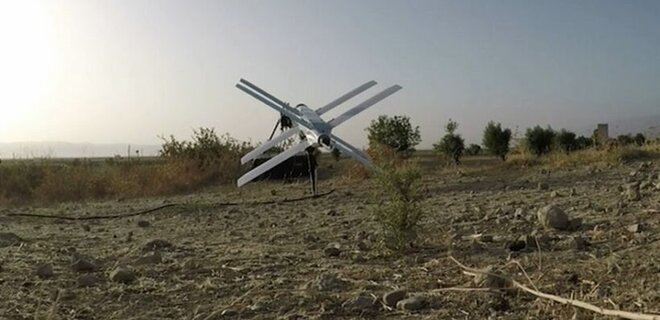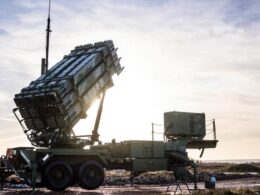Russian forces have begun using an advanced version of their 'Lancet' kamikaze drones on the frontlines. The new drones are capable of overcoming reactive armored anti-tank grids and anti-drone nets, presenting a challenge for Ukraine's defenses.
Older Lancet models would get tangled in Ukrainian anti-drone nets and fail to detonate properly.
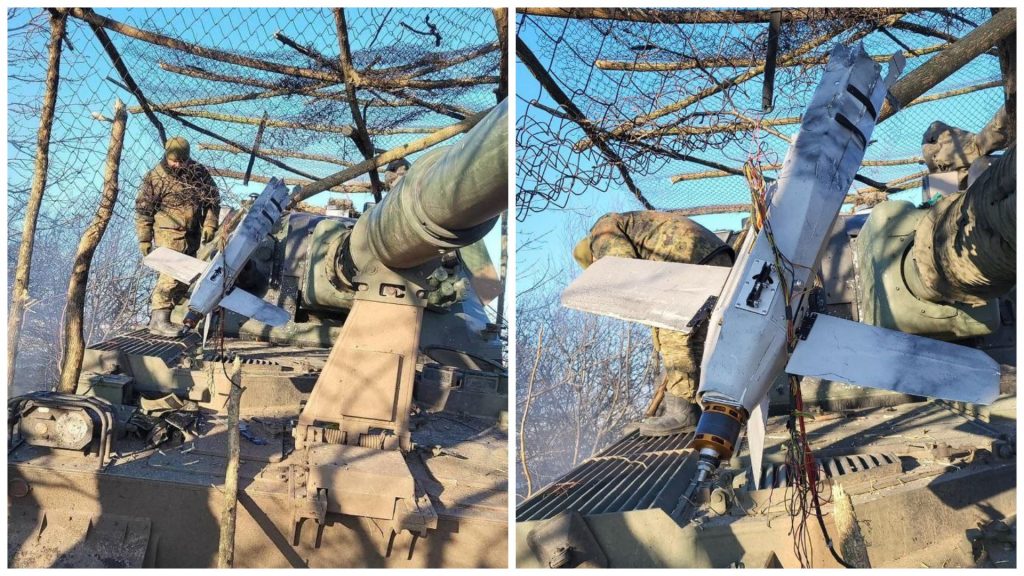
A video of such an advanced Lancet model attacking a Ukrainian armored vehicle was shared by Russian resources on 9 November. The Ukrainian military portal Militarynyi published screenshots of the footage that show how the drone hit the target, exploding a few meters away.
They show that the Lancet exploded before reaching the armor. This may indicate a remote detonation. Thus, the cumulative jet formed by the explosion travels the rest of the distance and hits the target.
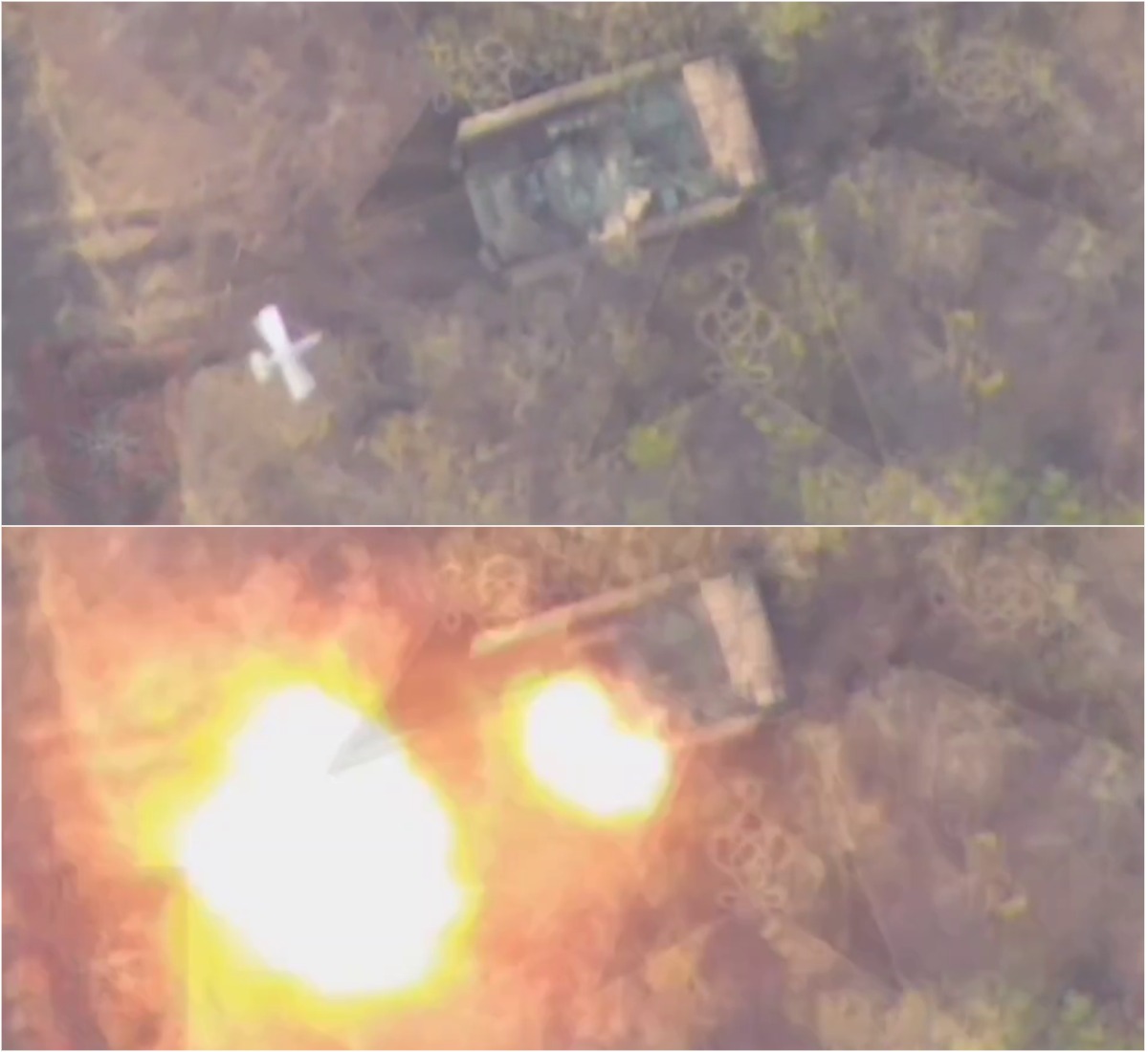
The upgraded Lancets utilize a laser rangefinder with two optical cameras to measure the distance to target. They can then detonate at a distance before impacting the target, enabling the shaped charge jet created by the explosion to cover the remaining distance and strike the target, Militarnyi wrote.
Spokesperson for Ukraine's Air Force Yurii Ignat told LIGA.net the best countermeasure against the new Lancets is to shoot them down on approach or suppress them with electronic warfare assets. He added that destroying the reconnaissance drones like the Zala or Orlan-10 that provide targeting data could also mitigate the threat.
Militarnyi writes
that the appearance of this model of Lancets is "very bad news," as only powerful EW systems like the Ukrainian-made Bukovel can suppress them.
However, in addition to technical solutions, Ukraine can use several tactical tricks to preserve its equipment. First, Lancets can be detected from a distance thanks to radio frequency spectrum analyzers -- they operate in the easily-detectable frequency ranges of 868-870 MHz and 902-928 MHz.
Additionally, the Russians turn off their EW systems when they send in a Lancet to avoid suppressing it. So, as soon as these systems go off, soldiers can expect this drone.
The Lancet has been one of Russia's most effective tools on the frontlines, used to damage or destroy high-value targets like artillery systems and air defenses. The heavier Lancet-3 weighs around 12 kg, while the Lancet-1 is approximately 5 kg. Shooting down a Lancet after it has already been directed at the target by the guidance of an Orlan or other reconnaissance drone is very difficult. The Ukrainian army uses screens made of netting, small arms, and anti-aircraft weapons such as Gepard, Tunguska, Shilka, MANPADS, etc. to protect equipment from Lancets and FPV drones. The estimated cost of one "Lancet" is around $35,000.
On 23 June 2023, the European Union imposed sanctions against Zala Aero Group, the Russian manufacturer of Lancets.
At the beginning of July, the Ukrainian Defense Minister's adviser Yurii Sak told The Telegraph that the Ukrainian military urgently needs means to combat Lancets.
Lancet drones contain many foreign components that find their way into Russia despite sanctions, according to Ukraine's special services.
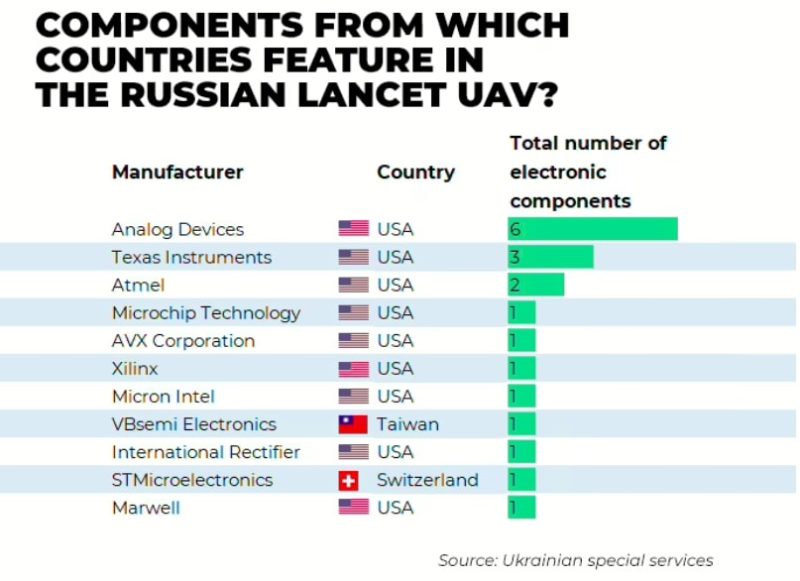
- War of drones: can Ukraine keep its asymmetric advantage?
- Ukrainian special services exposed how Western components are shipped to Russia for Lancet drones
- Russian drones, jamming stations stymie Ukrainian advance near Robotyne

